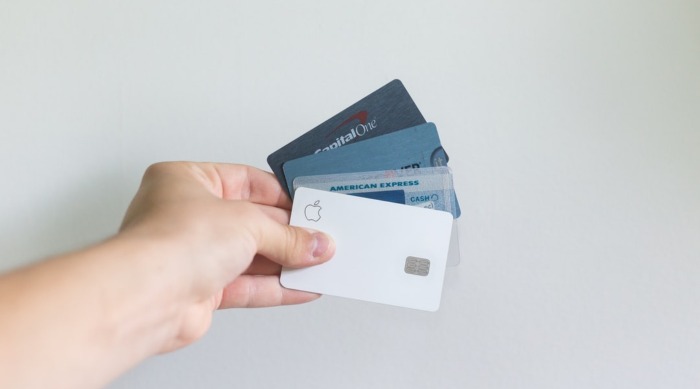In this blog, we are going to discuss MOTO, the definition, the pros, cons, and how to get started
Merchants want to make it as easy as possible for customers and debtors to pay. In an ideal scenario, everyone paying with a credit card would do so in person, using a chip-enabled card. While this type of transaction carries less risk for fraud than credit card payments made online or over the phone, it is less convenient for the customer.
Merchants who want to accept payments without the cardholder present can do so by following certain regulations. If they want to avoid the risk, they can partner with a company that specializes in secure payment processing.
What is MOTO?
MOTO stands for “mail order telephone order,” although those types of financial transactions are increasingly rare. MOTO has, therefore, become synonymous with any financial transaction where the entity taking payment does not physically see the card used to make the purchase.
Another word for MOTO is a “card not present” transaction. With the introduction of chip technology on most cards, there has been reduced fraud in “card present” transactions, but a corresponding increase in fraud in CNP transactions.
How Telephone Payment Systems Are Regulated
All credit card payments are regulated by the Payment Card Industry Data Security Standard (PCI DSS), which ensures a secure financial environment. PaymentVision’s IVR Payment Processing Solutions, for example, is PCI DSS Level 1 compliant.
For MOTO transactions, merchants must keep detailed records that contain specific information. For example, their copy of the payment must identify whether it was made over the phone, by mail or online. Merchants must also process cards using a secure (SSL) connection. It is vital to uphold security standards especially when credit card information is stored inside company databases.
The Pros of MOTO for Merchants
In the age of e-commerce, customers expect to have the option to pay online or over the telephone. Regardless of whether merchants are selling products and services or collecting on overdue accounts, consumers want a quick and easy way to put a charge on their credit card, without the hassle of having to authorize the payment in person.
For merchants, offering telephone payment systems as an option allows for expedited clearance of overdue invoices. It also provides a financial incentive, since purchases clear more quickly than if every customer has to appear in-store or at a brand’s kiosk in order to finalize payment.
The Potential Drawbacks
All credit card transactions come with the risk of fraud. However, merchants incur more risk with telephone card payments than in-person transactions. That’s because if fraud does occur, the bank that hosts the merchant’s account must pay restitution for MOTO transactions. For in-person purchases, that responsibility rests with the bank that issued the card.
In addition, some transactions that the consumer claims are fraudulent are actually legitimate charges. With MOTO, there’s no physical signature or record of a personal identification number (PIN) that could actually prove the charge is valid. On the flip side, it is also harder to detect fraud with a MOTO transaction because of the lack of physical evidence connected to the individual who authorized the payment.
Getting Started with MOTO
In the current consumer landscape, it is almost a requirement that businesses provide as many payment options as possible to customers. Merchants can offer the same level of convenience by partnering with an electronic payment services company. PaymentVision is a PCI-certified payment gateway that connects to the credit card network, improving efficiency for merchants and collection agencies across the U.S.
Merchants who accept credit cards must abide by the rules of the payment card industry. In addition, merchants must take care to protect their own interests against high fees and chargebacks. By choosing to partner with a payment processor, they can extend the convenience of MOTO to customers while reducing the risk to their company.











